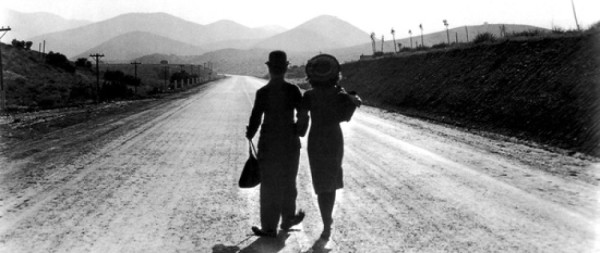Black Girl (La noire de …)
Directed by Ousmane Sembene
Written by Ousmane Sembene
1966/Senegal/France
Filmi Domirev/Les Actualites Francaises
First viewing/Amazon Instant
[box] The development of Africa will not happen without the effective participation of women. Our forefathers’ image of women must be buried once for all. — Ousmane Sembene[/box]
Mbssine Therese Diiop plays Diouana a young Senegalise woman who seeks work as a servant in the French Quarter of Senegal. She succeeds in securing a place as nanny to a household with three kids. The lady of the house asks Diouana to accompany them all back to France where they have an apartment on the Riviera. She coaxes Diouana to come by describing all the shops and other wonders of France.

But Diouana is shocked to find the children are off somewhere and she is expected to be a combined maid-cook-and-laundress. As she apparently has no time off, her position becomes a prison. And Diouana simply was not made for that kind of life.
This is reportedly the first feature film made by a Sub-Saharan African director. Sembene really rose to the occasion. He has a great eye and a gift for the telling detail.
*****************
I’m going away for a few days to visit family. Will be back February 4.


























